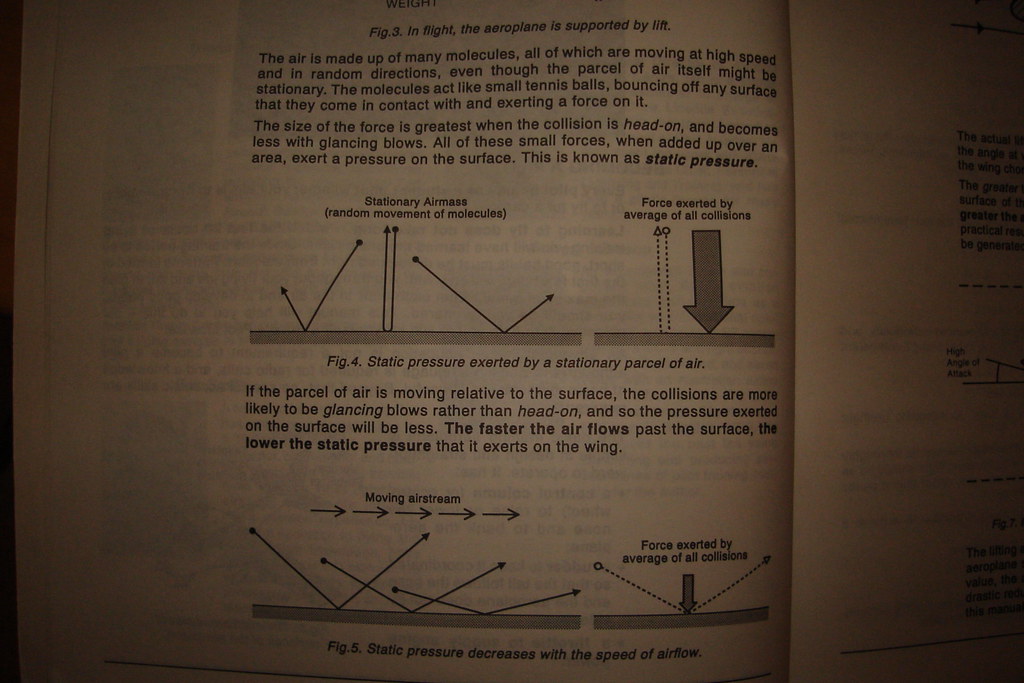
Originally Posted by
ted

Actually Mal, it occured to me that you were talking at some point about a new TMIC. I take it this one is a fair bit larger etc. Does it utilise the same plastic top/shroud? I wonder if you get the same effect if it was using the plastic top as from memory that thing had some bits that may have been acting as a bit of a shield or diverter for the air that comes through the intercooler. Could be talking crap here, just going on memory of what that plastic thing looked like.
And unlike non TMIC cars, these things have a volume of now hot air which needs to escape, but the direction of flow is top downwards rather than front to back. And as speed increases, the pressure under the car may be a bit different with the volume of air that comes off the wheels etc.
Vents in the front guard used to be fantastic way of clearing hot air but that probably doesn't apply to cars of today where everything is so compact and covered.





 Reply With Quote
Reply With Quote



 As we had found somethings out when the test car was in a tunnel some months back. so it was back to the drawing board for some products.
As we had found somethings out when the test car was in a tunnel some months back. so it was back to the drawing board for some products.


